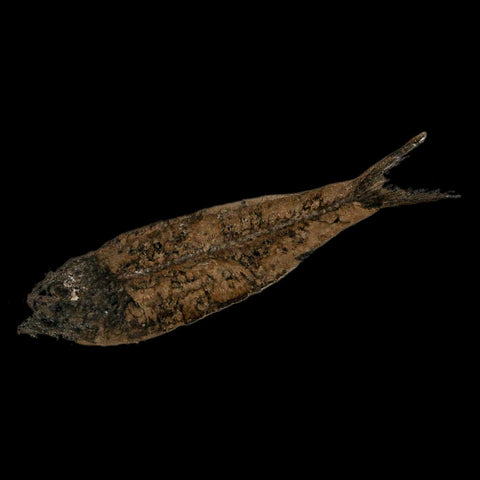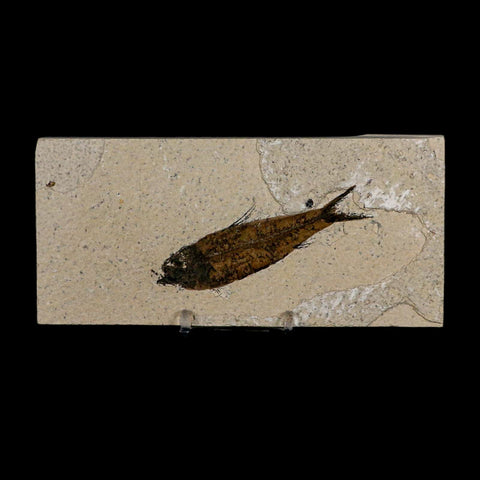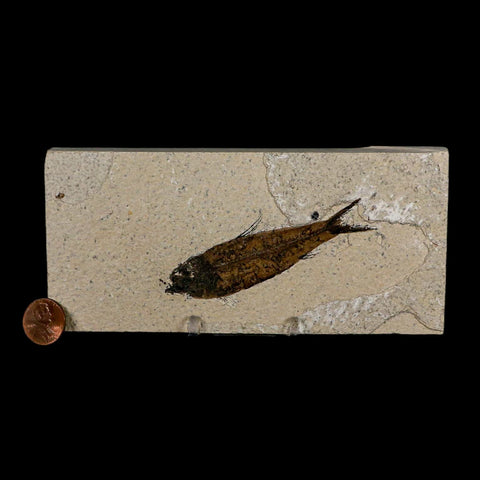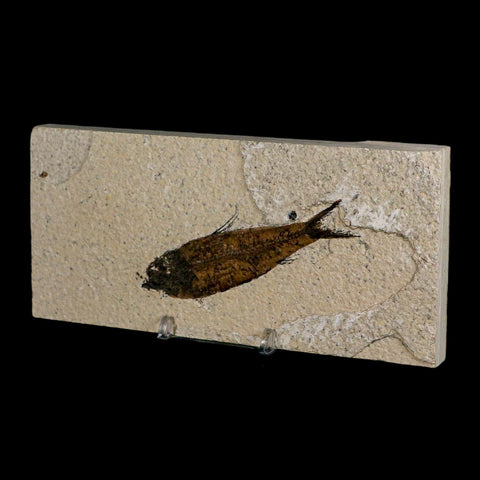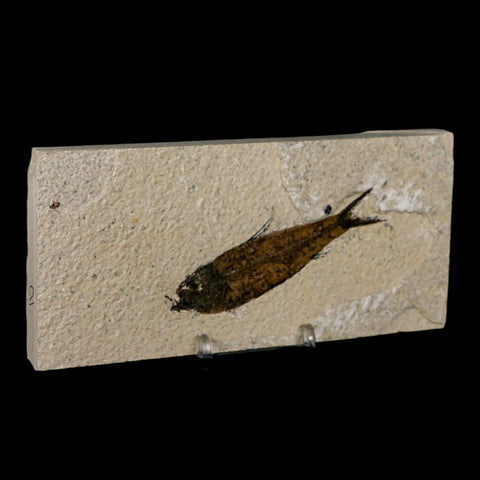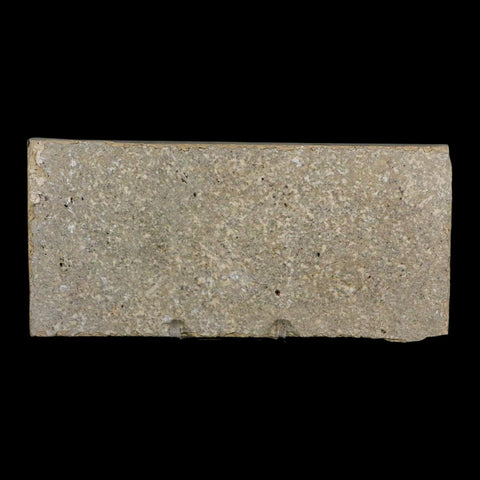3.4" Knightia Eocaena Fossil Fish Green River FM Wyoming Eocene Age COA & Stand
Location: Kemmerer, Wyoming
Weight: 11.6 Ounces
Dimensions: 6.1 Inches Long, 2.9 Inches Wide, 0.6 Inches Thick (Plate)
Fish Dimensions: 3.4 Inches Long, 1 Inch Wide
Comes with a Certificate of Authenticity.
Comes with a Free Stand.
The item pictured is the one you will receive.
50 million years old, Eocene age
Knightia Eocaena is the most common fish in Fossil Lake and may be the most commonly articulated vertebrate fossil in the world. It is Wyoming's State Fossil. Length: up to 25 cm (10 in).
Fifty million years ago, ancient Fossil Lake existed in what is now southwest Wyoming. Of its estimated maximum extent of 930 square miles, approximately 500 square miles of sediment remains. The 230 square miles across the center of the ancient lake-bed contain exceptionally fossiliferous sediments and associated geologic features, including deltas, beaches, springs, and rocks from the center and nearshore environments.
The distinctive chemistry of Fossil Lake inhibited decomposition and scavenging of organic material, while successive millimeter-scale layers of limestone were deposited over time. This process produced laminated limestone formations harboring the world's densest concentration of fossil fish. These specimens, alongside diverse aquatic organisms and geological features, establish Fossil Lake as the premier Paleogene archive of freshwater lake ecosystems. Since its discovery in the 1870s, numerous exceptionally preserved fossil fish have been documented. Embedded within these laminated limestones is an entire aquatic ecosystem encompassing cyanobacteria, plants, insects, crustaceans (including shrimp, crawfish, and ostracods), amphibians such as frogs and early salamanders, as well as alligators, turtles, birds, and mammals, notably the earliest pantolestid. The surrounding subtropical terrestrial environment is likewise represented by rare fossils—including horses, multiple snake and lizard species, bats, birds, an apatemyid (arboreal insectivore), a miacoid (early carnivore), assorted insects, and over 325 distinct types of leaves, seeds, and flowers.



